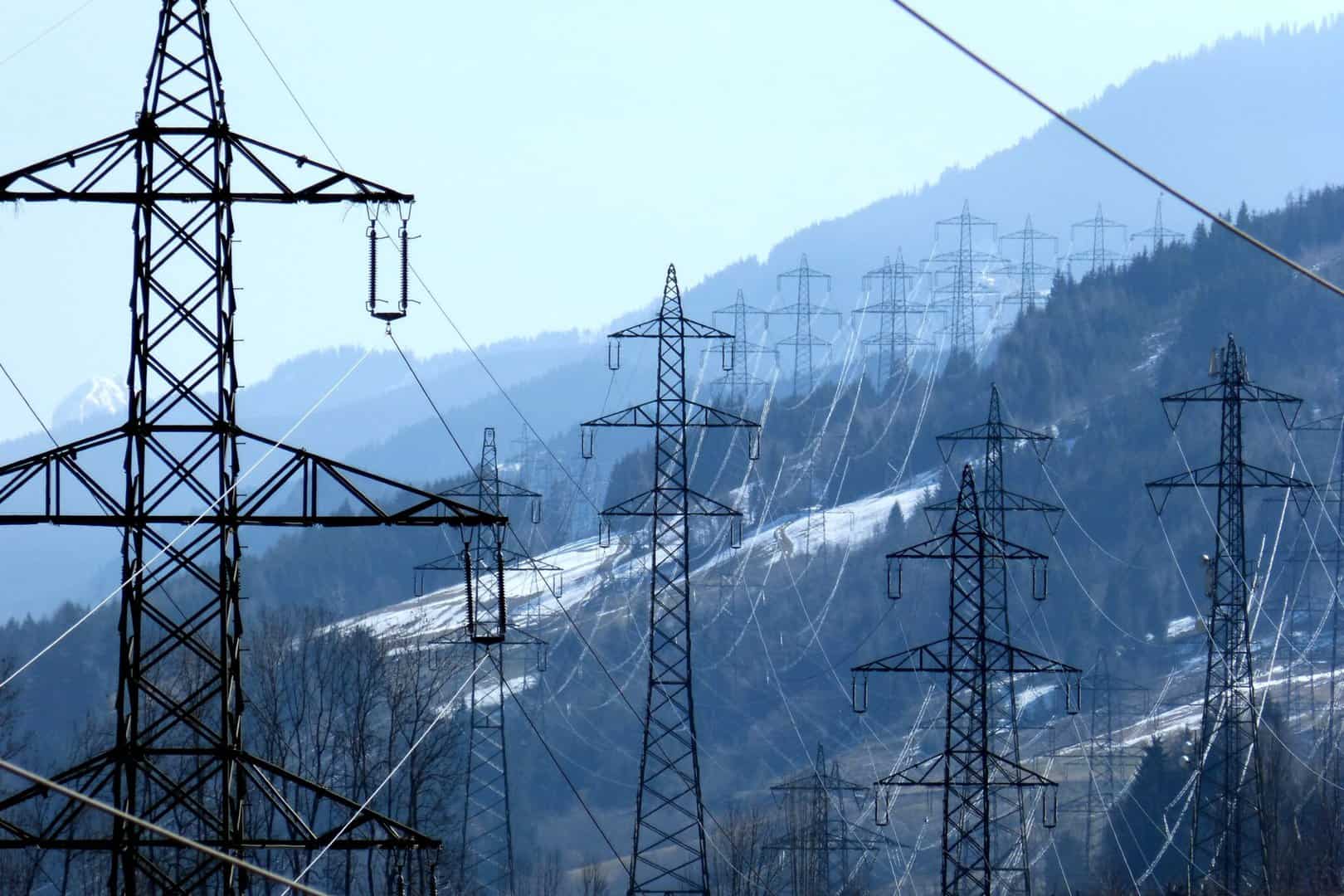In its proposal for a Council Regulation on an emergency intervention to address high energy prices, the European Commission suggests measures relating to demand reduction and a cap on market revenues and distribution of surplus revenues to final customers. Europex fully acknowledges the need to build on previous steps taken at European level to alleviate the burden of high energy prices on consumers and businesses. We would therefore like to take this opportunity to offer additional guidance to ensure that these emergency measures are not adopted without due consideration of their short- and mid-term effects. In particular, we highlight below several key aspects to consider regarding the identification of peak hours and the proposed cap on market revenues from inframarginal technologies.
In addition to these critical considerations, we also include specific amendments to the text in Annex 1 of this document.
Electricity demand reduction
Europex supports the reduction of electricity demand as set out in Articles 3-5 of the draft Council Regulation. Given that the current energy crisis is first and foremost an energy supply crisis, demand reduction measures are most effective to mitigate high prices in the short-term and to cope with potential energy shortage concerns in the coming heating season and beyond.
Regarding the reduction of gross electricity consumption during peak hours, Europex recommends that peak hours are to be identified for the entirety of the period of application of the emergency Council Regulation, instead of on a monthly basis. This will ensure that relevant characteristics and specific events are accounted for in the demand reduction, such as the winter period, school holidays, as well as country-specific consumption and production patterns, etc.
Cap on market revenues for the generation of electricity from inframarginal technologies
While it is understandable that unexpected short-term financial gains are considered to partly alleviate the costs of high energy prices for consumers, the proposal to cap market revenues for the generation of electricity from inframarginal technologies constitutes a complex undertaking. The measure requires adequate implementation both from a legal and technical point of view to avoid market distortion and a negative effect on price formation, including the supply and demand equilibrium in spot markets and knock-on effects in forward markets where spot prices are used for trading and settlement purposes. If politically agreed, it is therefore essential that the following nine points are fully taken into consideration:
1. Temporary nature
It is vital that the cap is implemented in a coordinated manner and on a temporary emergency basis only, with a clear start and end date.
2. Harmonisation across Member States
The current proposal leaves too much discretion to Member States when it comes to the implementation of inframarginal revenue caps. The result could be a patchwork of different cap models across Member States, potentially overlapping with each other and negatively affecting the proper functioning of the EU Internal Energy Market as well as the level playing field between Member States.
3. Coverage for all marketplaces and across all market timeframes
Importantly, the cap for inframarginal rents must apply homogeneously across all markets and to all timeframes (forward/futures markets, day-ahead, intraday, ancillary services/balancing) to ensure a level playing field and to minimise market distortions.
4. Ex-post application in all Member States
The current proposal leaves Member States the option to freely decide whether to apply the cap on inframarginal revenues at the exchange’s settlement or thereafter. We strongly urge that the revenue be captured solely ex-post by all Member States, i.e. after the settlement and after the market price has been cleared. Applying the revenue cap at or shortly after the trade execution would result in a de facto price cap, dangerously affecting the bidding behaviour in the market.
5. Exceptional technology-specific caps
The suggested threshold of 180 EUR/MWh could lead to a situation where some technologies (e.g., oil, lignite, hard coal) would be unable to recover their marginal costs, posing a serious risk to security of supply. Exemptions for inframarginal production with levelised costs above 180 EUR/MWh shall be made more general and become applicable to any supply source that can show production related costs above the suggested cap, thus not specifically referring to hard coal or other specific fossil fuels.[1]
6. Collection of revenues
The current text does not specify who will collect the revenues. Clear responsibilities and tasks need to be defined. In addition, it should also be made very clear that NEMOs/PXs/derivatives exchanges shall not have a role in the revenue collection since they do not possess the necessary data to do so.
7. Implementation difficulties related to portfolio-based bidding
The current proposal does not address how the cap could be applied to portfolio-based bidding and marketing. Clear guidance should be provided for the sake of legal clarity and market integrity.
In addition, the fact that power is usually sold, purchased and resold several times is not addressed.
8. Operational questions
Many operational questions remain unanswered:
- Which authority will operate the cap and who will police the data and correct applicability?
Clear responsibilities and tasks need to be defined. In addition, it should also be made very clear that NEMOs/PXs/derivatives exchanges shall not have a role in the revenue collection since they do not possess the necessary data to do so.
- How will the cap be calculated?
We note that Article 6 currently includes little detail on how the inframarginal revenue cap should be calculated and applied. Specifically, the current draft is silent on the data which should be used to make the relevant calculations. We recommend that the revenues subject to the cap be calculated based on well-defined criteria founded on hard data (e.g. output, metering, proof of realised revenues through forward/derivatives contracts, PPAs, OTC or sale on the SDAC, SIDC or ancillary services/balancing markets and other relevant support instruments that affect the calculation of the amounts to be clawed back), rather than on broad and imprecise assumptions, to ensure a fair, correct and consistent capture of all relevant inframarginal profits.
- Who will extract the revenues?
The proposal should not only consider producers, but all the sellers along the value-chain.
- What is the relationship to existing caps and measures?
Further clarity should be provided on the overlap between existing caps and the new measures.
- How will a level-playing field between different markets be ensured?
A patchwork of different caps across Member States will create an unlevel playing field and must be avoided.
9. Further market considerations
It must be noted that the proposed cap on inframarginal revenues could render several markets less liquid. Market participants will not have incentives to hedge future electricity production, hence drying out forward markets. In addition, market players could lose incentives to bid in the intraday and balancing markets, given revenues are uniformly capped at a same threshold across all markets.
Please see the full response and Annex I attached.
[1] See text proposal on Articles 6.5 and 7.4 in Annex I attached.
Attachments
-
 20220927_Europex response draft Council Regulation
20220927_Europex response draft Council Regulation
File size: 206 KB

